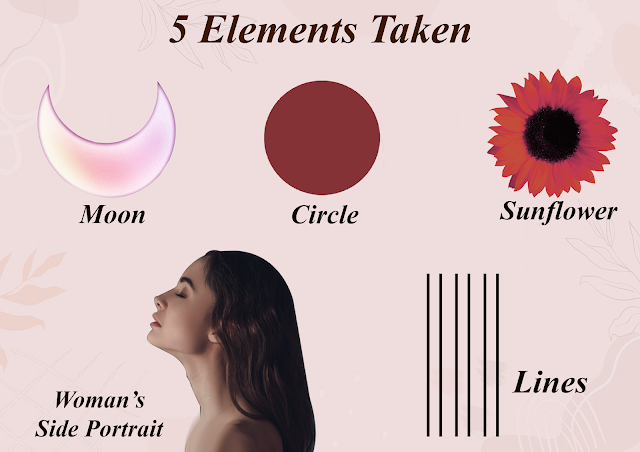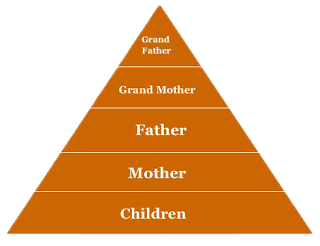Rhythm
After Balance, second important Principle of Design is Rhythm. Rhythm refers to a regular repeated pattern of sound or movement. In art, however, it refers to the relationship between elements that come together to create a sense of harmony. Best example for Rhythm in art is Tesselation. Tesselation is created when a shape is repeated over and over again covering a plane without any gaps or overlaps. In a tesselation, background and foreground have equal meaning. When combined together, these both principles can give us some amazing compositions. For the better understanding of it, let's look at what I have tried!
Getting inspired from African masks and their intricate details, I decided to develop a motif which represents them. For the same I developed the shapes in a way that fit together like a puzzle. I have tried to add as many details I could using software's like Photoshop and Illustrator. Then using a triangular grid, and following the concept of tesselation and Rhythm, I have arranged these motifs as can be seen below.




Comments
Post a Comment